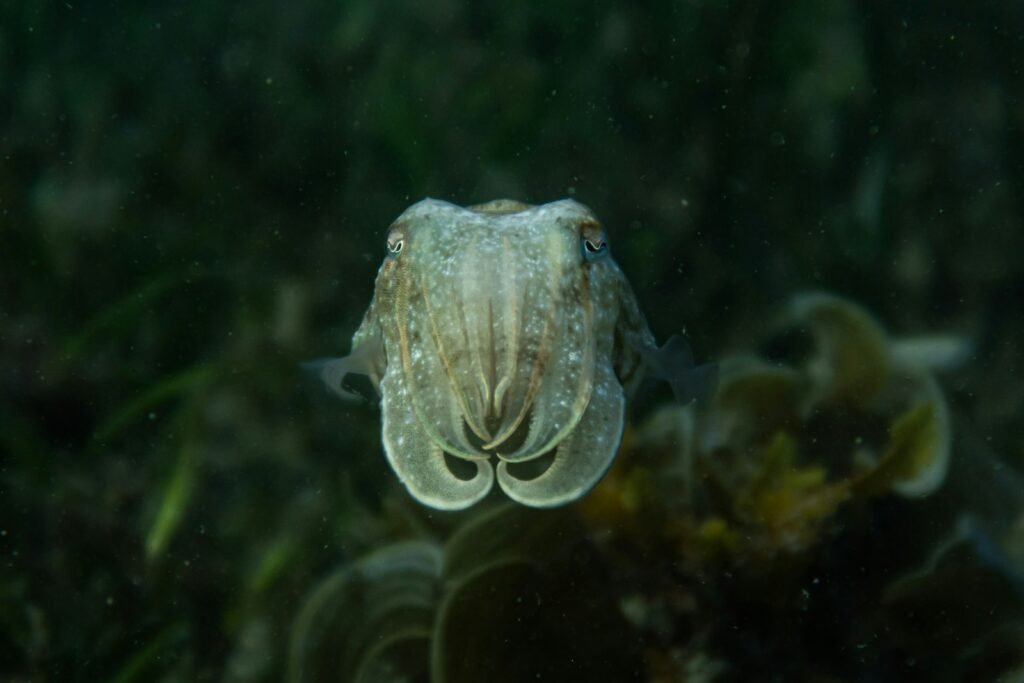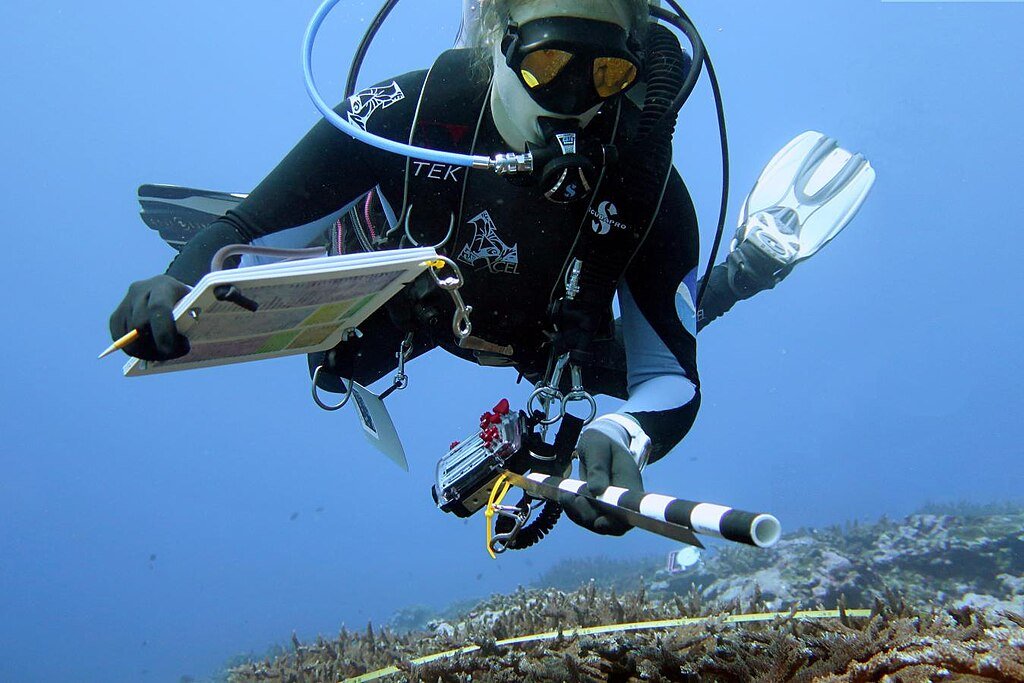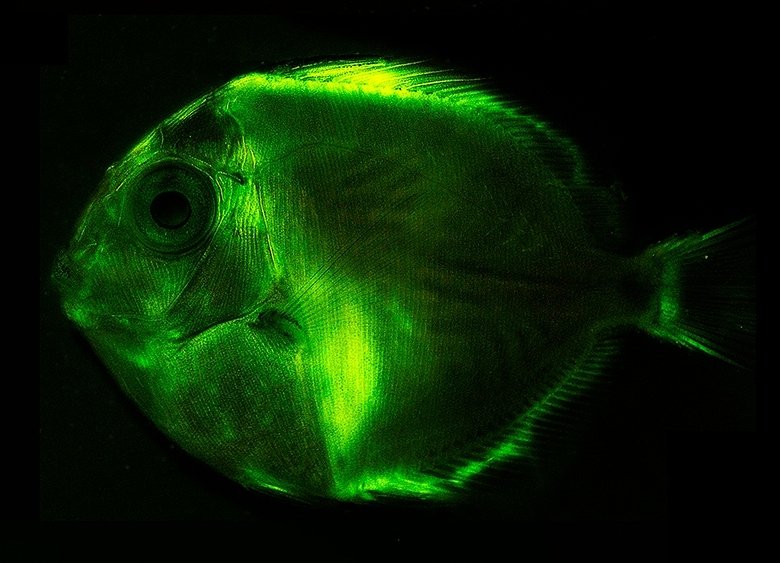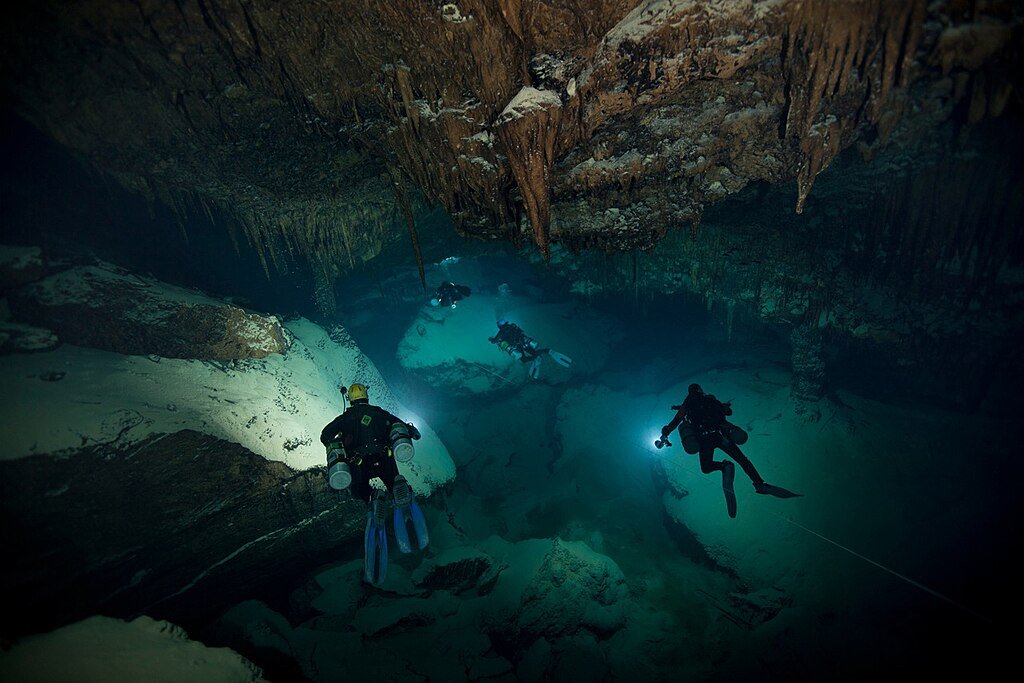Why Male Seahorses Get Pregnant – and How It Works
In the kingdom of the unexpected, few stories flip the script like seahorses – where fathers carry the babies and give birth in a final storm of muscular contractions. For decades, this reversal puzzled biologists, challenged assumptions about sex roles, and hinted at a deeper evolutionary bargain. What looks like a quirky oddity is, in ...













